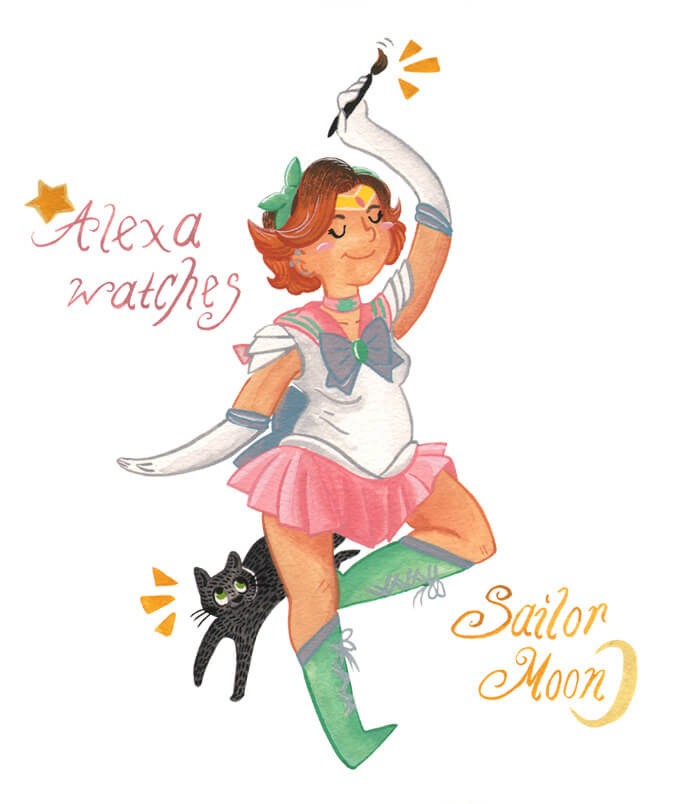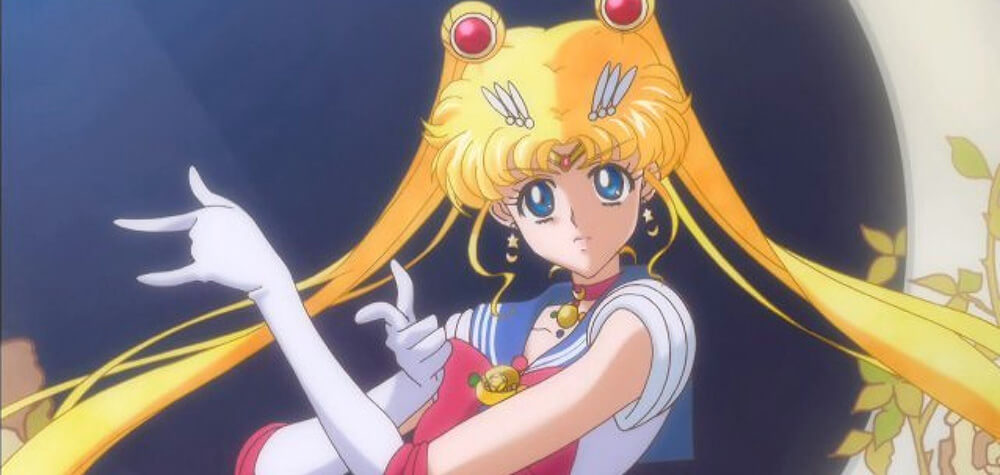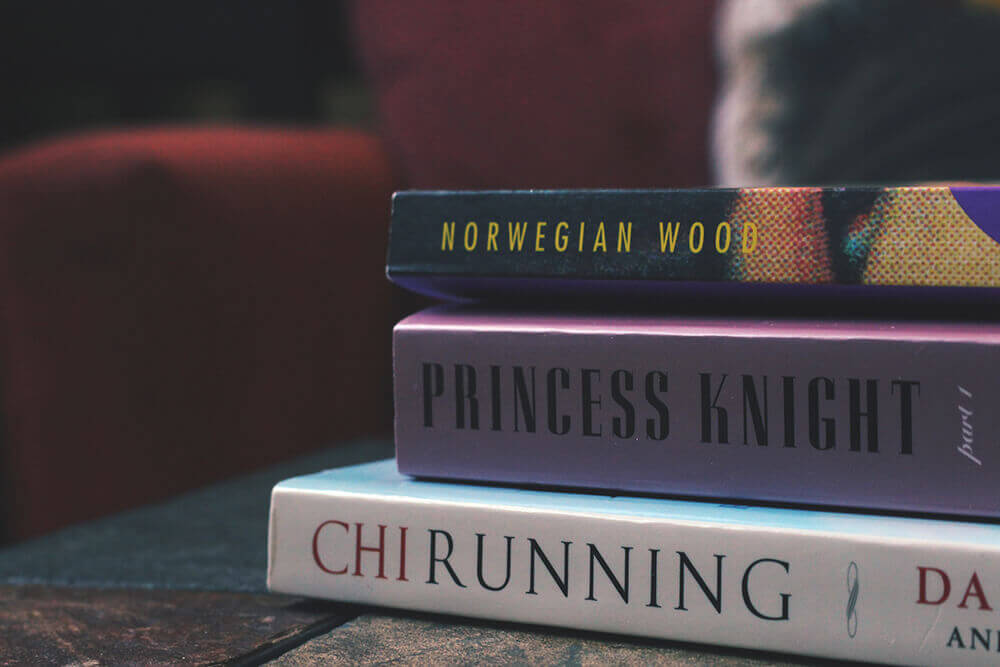
I am trying to keep on top of my book recaps (which I failed at). I love seeing what other people read, and what they thought about it. I started to keep track of my reading in the early spring and never finished my reviews until now. So sorry for the delays! But here is what I was reading and what I thought of it.
What I am Currently Reading
Eating Animals – I don’t actually read that much non-fiction relating to veganism or food. So after a few recommendations I picked up this book.
Food: A Love Story– My husband picked up Dad is Fat for my birthday, and then proceeded to buy Food: A Love Story for me for Christmas. It should be interesting since one book is about veganism and the other is all about foods, mostly non-vegan foods.
What I’ve Read
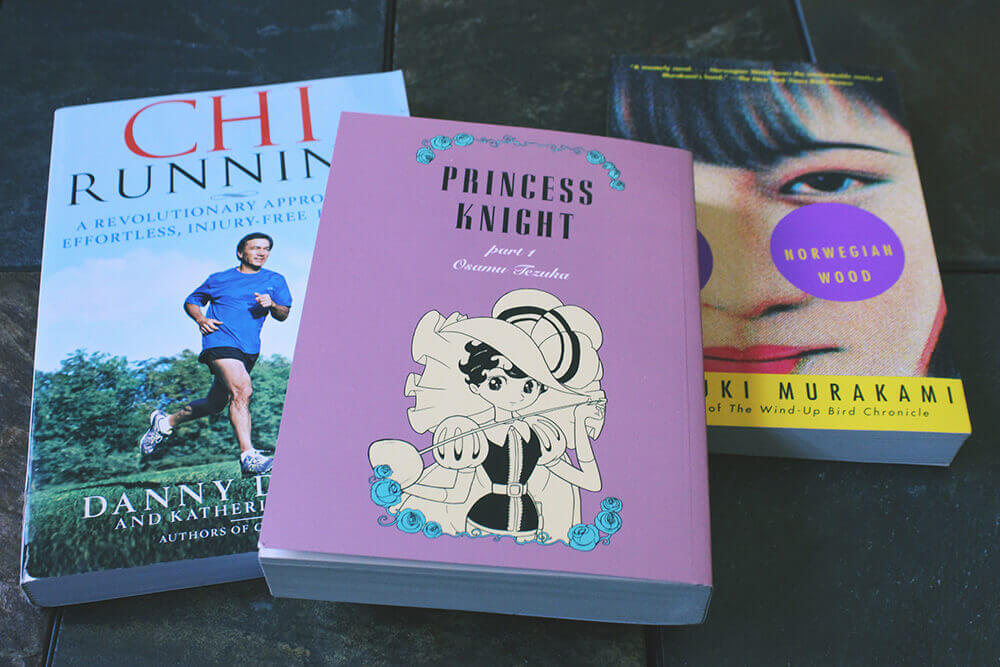
ChiRunning: A Revolutionary Approach to Effortless, Injury-Free Running
This book is not going to win any writing awards. Dreyer writes poorly, repeats himself, and has many poor metaphors and jokes. At times I found the book slightly painful to read, and had a hard time plowing through the chapters. Sometimes the book comes off as a commercial cult or pyramid scheme. He is constantly mentioning the website, his classes, other books, etc, etc.
But the information in the book is incredibly helpful. Dreyer gives advice on how to run with physical suggestions and metaphorical ones. Most of the book is about how posture drastically changes how you run. I already knew some of this from Born to Run, and knowing about theories on barefoot running. A lot of the posture techniques line up with running with finger shoes. So making some of the changes weren’t hard. But some of the suggestions helped take stress off my muscles, and therefore let me run longer and have shorter recovery times. Overall, the running style is simple, keep your spine straight, muscles relaxed, engage core, and strike the middle of the foot, not the heel.
His “metaphorical” suggestions are pretty helpful. One of the biggest reasons why I got the book was that I was having a hard time being able to breath for runs lasting longer than 20 minutes. His recommended taking long but slow runs, which helped. But what really stuck out to me was the question “Why are you so upset about heavy breathing? Does it make you feel like you can’t meet your goals?” Figuring out the psychology of running expectations helped me let go and enjoy the run.
This is a useful book, but hardly an enjoyable read. It probably took me a year to finish from front to back. And even still there some suggestions I just can’t accept. For example the suggestions on diet don’t really work with my vegan lifestyle. And some health information doesn’t quite have scientific backing. This then leaves you in the realm of health with tons of contradicting methods. This is a book I might want to buy and keep on hand, and refer to it from time to time.
My Drunk Kitchen: A Guide to Eating Drinking, and Going with Your Gut
Am I the only one here that likes to read “bad” reviews for products? Not because I think they can be funny like sugarless gummy bears, but because sometimes people point out what they hate, and it is exactly why it is great.
What most people say when they don’t like Hannah’s book is that they never saw her YouTube channel before and they were disappointed that it wasn’t a real cookbook. When Alexa first told me about this book, I tried looking in the cooking section, only to find out that it was in the humor section of Barnes and Noble. After clearing that up, it became obvious that this was more in the ranks of I Like You by Amy Sedaris. The difference is that there are less helpful “tips” in this book than Amy’s.
What confuses people is that My Drunk Kitchen could be a book about “recipes” when it has absolutely nothing to do with improving your food in the kitchen. The book is made to make you laugh, and I respect that it doesn’t feature real recipes for a joke like Thug Kitchen does (which results in mediocre recipes.) But Hannah does more, and pokes fun of at all the issues 20-30 year old goes through. Plus, by having the quality of the book so high, nice glossy pages, beautiful photography, excellent graphic design, it sets a tone of seriousness for not so serious material.
The dangers of writing a humor book is that you risk your audience from just not getting it. It seems that you will either find the book a great think to pick up and read a few pages, or find it the biggest waste of paper. I personally think that if you find Hannah’s YouTube channel funny, you will find this book funny. And I wouldn’t say this is a book for “drunks,” but a book for anyone who felt like they made any wrong choices as an adult, whether it be dating, work, love, taxes, or cooking.
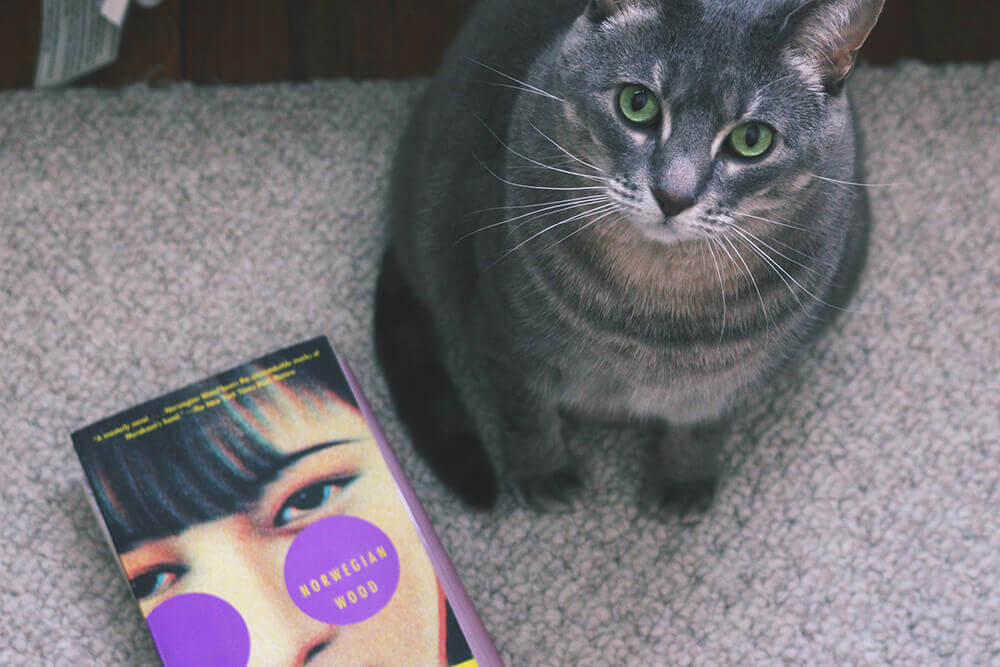
I picked up Norwegian Wood because I liked Haruki Murakami’s short story collection After the Quake. What I liked about the stories were their surrealistic story telling. But I was disappointed when I started to read Norwegian Wood. It reads wonderfully, but the world created in the story was very normal. There wasn’t anything “magical” or surreal about the storyline. Just a boy in college and him falling in love with girls. But I couldn’t stop reading. Even though the story was nothing like what I was expecting, it was giving me something else worth my time.
The story is about Toru, a quiet college student living in Tokyo in the late 1960s. He reunites with his high school friend Naoko, the girlfriend of his late best friend. The two soon fall in love, and the day after making love to each other, Naoko heads to a mental institution. The story follow Toru, and how he copes with Naoko being away from him, and dealing with what feels a little bit of a meaningless life for him.
I think this story hits people in two different boats. Some people will argue that there isn’t anything special about this story, it is too far from Murakami’s normal narratives. But that doesn’t mean there isn’t anything to be gained from the novel. There story is well written and has important themes about love and depression. The writing kept me turning the pages and wanting to know more.
What I found most interesting are the characters. No one is particularly good character, everyone seems to have their own faults. Toru treat women poorly and dislikes his peers. Naoko is depressed and treats Toru unfairly. Midori seeks independence and respect as a woman. Nagasawa is a rich and privileged male who doesn’t believe in sexually faithful to one person. Hatsumi is Nagasawa’s girlfriend, who is conflicted about being in love with a man who doesn’t treat her as a person. And then there is Reiko, the most complex character in the whole book. She first appears to be a well natured woman, but by the end of the story I can’t help but wonder if she is the most underhanded and deceitful character of them all.
I hear many people make arguments that the story is sexist, and it is true. The women in the story get the short end of the stick. But it does offer lots of discussion. Were Naoko and Toru really in love? Is Reiko a sociopath? What is being said about homosexuality in the book? Is Reiko really a lesbian? I think a lot of these complicated relationships are comments on Japanese society, but it is very open-ended. I do recommend reading this book, though if you are a fan of Murakami keep an open mind. It is truly different.
NOTE: This book is very sexually graphic.
In heaven, angels assign hearts to babies before they are born. After a mix up, a baby is accidentally given both a boy and girls heart, and an angel is sent to earth to protect and correct the problem. This baby was born into a royal family as girl. Afraid of loosing control over the country, the King and Queen pretend this daughter is really Prince Sapphire. Once grown up, Sapphire struggles wit the role she grows up with, and the tension between his boy and girl hearts.
It is worth noting that this novel was written from 1953 to 1956 in Japan. The author, Osamu Tezuka, has a reputation of having poor female characters in his stories. This story in many ways reeks of dated views of gender, but on the flip side burst through boundaries of sexes. Many people call the story sexist since when Sapphire is a “princess” she is wearing a blonde wig, a big poofy dress, and has proper manners. When she is a “prince” fencing is her main skill. But I patiently read the story, waiting to see if the moral would be that gender makes no difference. There was naturally a slip up where for a brief moment Sapphire’s boy heart was removed and all her fencing skills and strength was sucked from her body. This wouldn’t bother me so much if Sapphire was aware her heart was being removed, as it could be chalked up to a loss of confidence.
But as I was reading it I thought of contemporary viewpoints of transgenders, being stuck in a body that doesn’t feel like your own. Falling in love with someone who might not agree with your sexual orientation. Tezuka tries to create a gender neutral character, that appeals to both males and females of the time. As the story goes on in the first volume the “prince” seems to look more and more like a girl.
Gender politics aside, the story is lots of fun. It flows fairly well and I was compelled to keep reading. The book is divided up so you are left with a cliff hanger after the first book. The art is charming, though many ideas seem to be based of Disney’s fairy tales, not Grimes’ or other written fairy tales. But I was still able to ignore all the cultural flaws to enjoy the story and art.
So where does it leave this comic? I truly enjoyed reading the book, but it is a reminder of changes in time and cultures. Being a Westerner a lot of the story seems ignorant of our folklore. Many characters are snatched from Disney films, and there are mix ups from Christianity and Roman gods. Then on top of that there are dated roles of gender from 50s Japan, which can be a hard pill to swallow. If the story and art wasn’t so pleasant, there would be no hope of me finishing the book, or wanting to read the second one. It is now, in my point of view, like reading an old novel. We know that all classic literature are dated and sexist, but we put into context to when they are written. Princess Knight has a great story and art, and at the time paved the way for mangas. It added longer story arches to the genre. The book is still enjoyable, but perspective is in greater need to truly respect it.
I decided to pick up the manga of Sailor Moon after my husband and I started to watch original TV series. We noticed that lots of ideas and plots got glossed over, and I was interested in getting more details. I figured, surely the book must of been more well rounded with the details, right?
As I started to read the manga I immediately noticed differences from the show. In some ways I found them better, for example there isn’t much information about Usagi’s evil nemesis. Bits of information is given, but I am a little disappointed that so far in the first volume we don’t get any big reveals about their goals or identity.
Although I found the art pretty and story charming, it probably isn’t the greatest thing for an adult to read. The flow might seem choppy since as a manga, it’s chapters were released in magazine publications, with other manga stories. So the start of the series is choppy as each character is introduced in each story, Mercury, Mars, Tuxedo Kamen, Jupiter. Each battle ends in a chapter probably since at the beginning of the series Takeuchi didn’t know if the story would become popular.
But there is enough going with the story that I wanted to keep reading. Most everything is set up, so the plot is open to keep going. I am definitely up to reading the next volume, and see how it compares to the two TV series.

